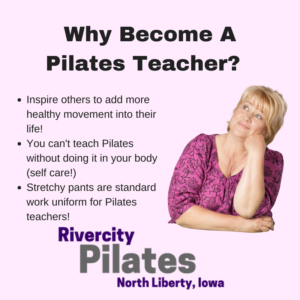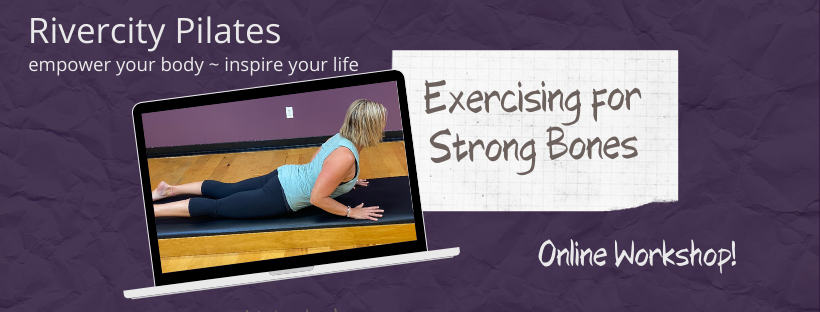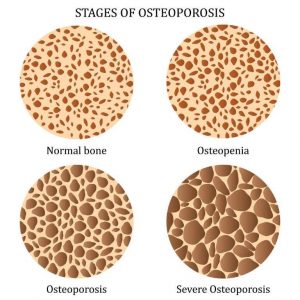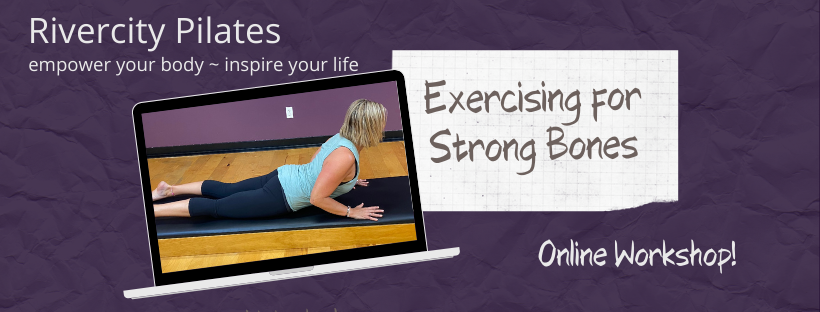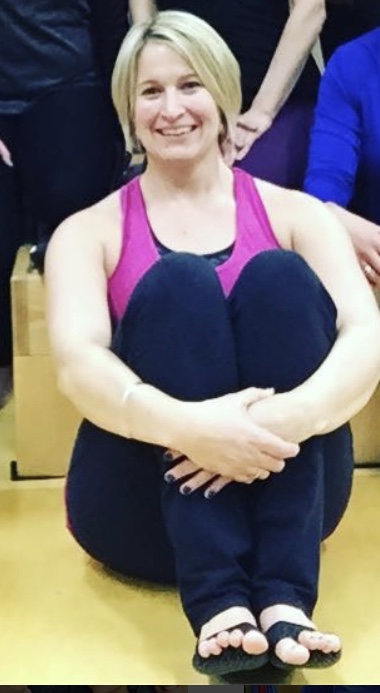 I recently surveyed a group of people I was going to be speaking with to get a feel for where they were at in their life with movement and exercise. One of the questions I asked is: What are your biggest obstacles when it comes to exercise?
I recently surveyed a group of people I was going to be speaking with to get a feel for where they were at in their life with movement and exercise. One of the questions I asked is: What are your biggest obstacles when it comes to exercise?
The 3 most common answers I got were: age, time, and different physical problems going on in the body. Maybe you’ve had these obstacles in your life? (most of us have..). Want to know the secret in overcoming these obstacles and still staying healthy with exercise and movement? It might be simpler than you think….simply change how you think about your obstacle!!
- Age. Are you feeling your age lately? Maybe the things that at one time were easy and you didn’t even have to think about now seem like extra effort. The fact is we are all aging! Instead of noticing those aging changes and immediately using them as an excuse not to exercise, why not use them as motivation? Take the time to invest in finding a movement or fitness program that you enjoy so that you can can feel your best as you age!! One of my favorite sayings is ,”Move it or lose it!”. By continuing to move your body in safe ways you can gain strength and mobility and actually slow down the feeling of an aging body!
- Time. It’s easy to say you are too busy to exercise, but the reality of it is we are all busy and most of us could make time if we wanted to and if we made an effort and planned ahead. Maybe your schedule doesn’t work for you to do a full hour of exercise at a time. What about breaking your exercise up into smaller ten minute chunks throughout your day or getting up a little earlier in the morning to sneak in a mini workout? There are lots of ways to add movement into your life, but you may need to look outside the box to find something that works for you!
- Physical problems. Low back pain, knee pain, shoulder injury, hip replacement, foot pain….many people immediately decide that they can’t exercise until their body is pain free with no issues. Unfortunately not moving is rarely the path that gets our body to a place of feeling better. The most successful people learn to adapt their movement and exercise time to whatever is going on in their body. Movement and exercises can be used to keep the rest of the body healthy and can even help balance the body to reduce pain and facilitate healing depending on what’s going on. If you are not comfortable adapting exercises in your body it is definitely worth checking in with an exercise professional to guide you or help set up a program for you. You might just be surprised at all the things you can still do and how much better you’ll feel in your body if you keep moving!
Ready to add some more movement and exercise time into you life but not sure where to start? Talking to an exercise professional is a great way to get some new ideas on what might work best for your body and your life! Schedule a complimentary session to learn more about exercise options at Rivercity Pilates and let us help you explore how you can add more movement time into your life!!
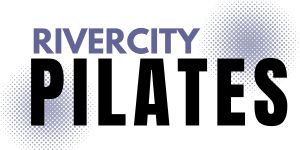
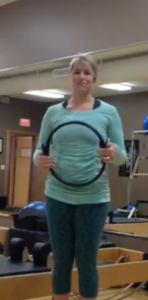 Do you have a treadmill that just sits and collects dust or maybe functions as a clothes hanger? We’ve all bought some home fitness equipment thinking we would use it only have it sit collecting dust. My favorite home fitness equipment are things that are inexpensive, don’t take up a lot of room and can easily be used in lots of different ways!
Do you have a treadmill that just sits and collects dust or maybe functions as a clothes hanger? We’ve all bought some home fitness equipment thinking we would use it only have it sit collecting dust. My favorite home fitness equipment are things that are inexpensive, don’t take up a lot of room and can easily be used in lots of different ways! 
